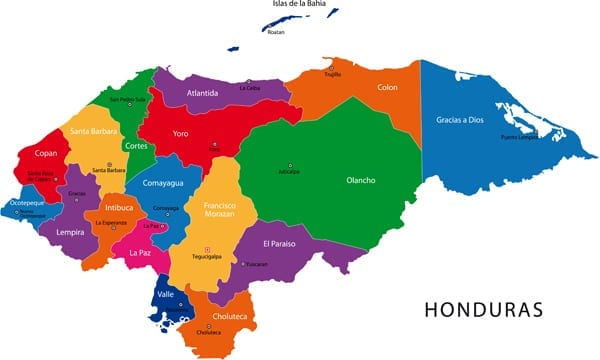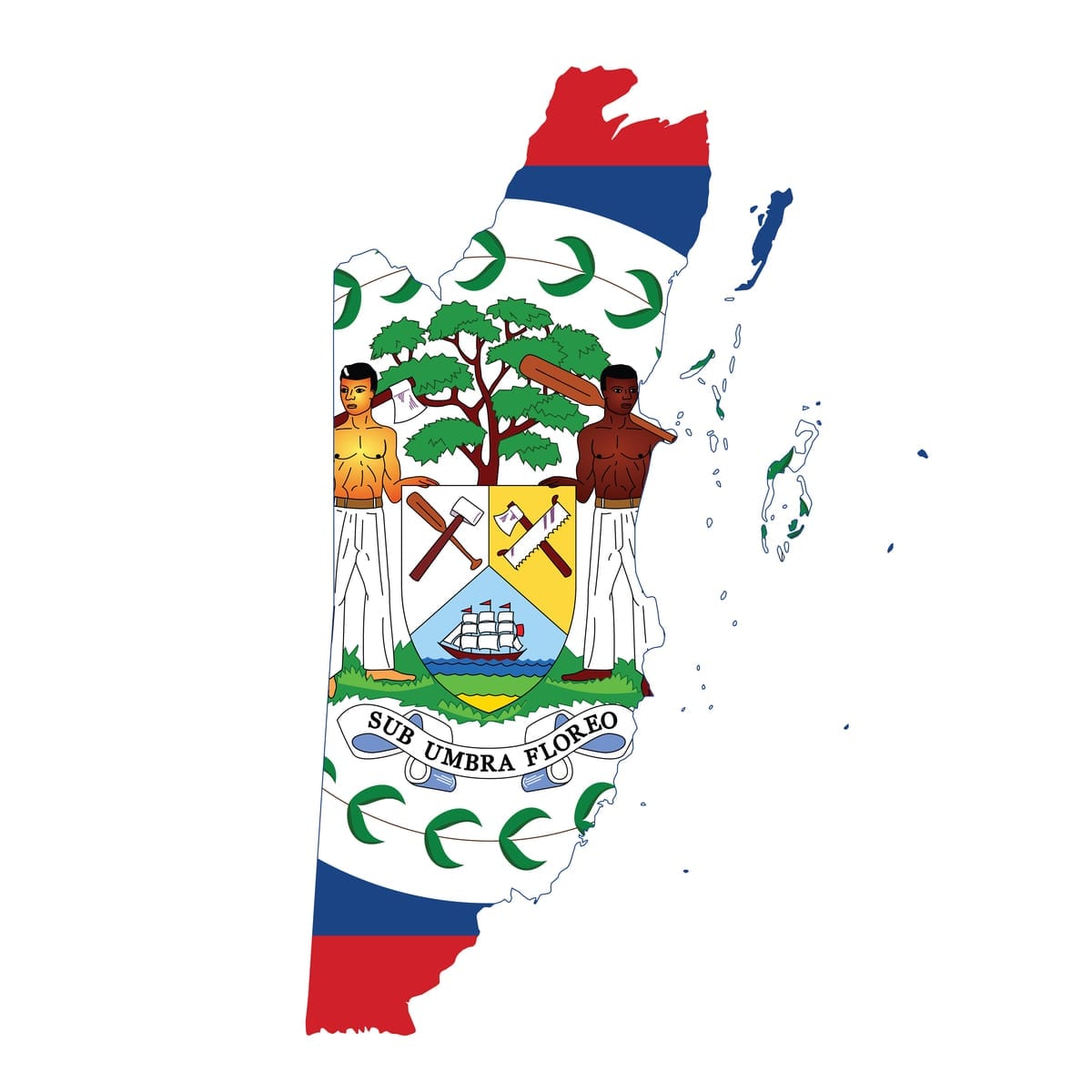
Map of Canada with provinces and capital cities
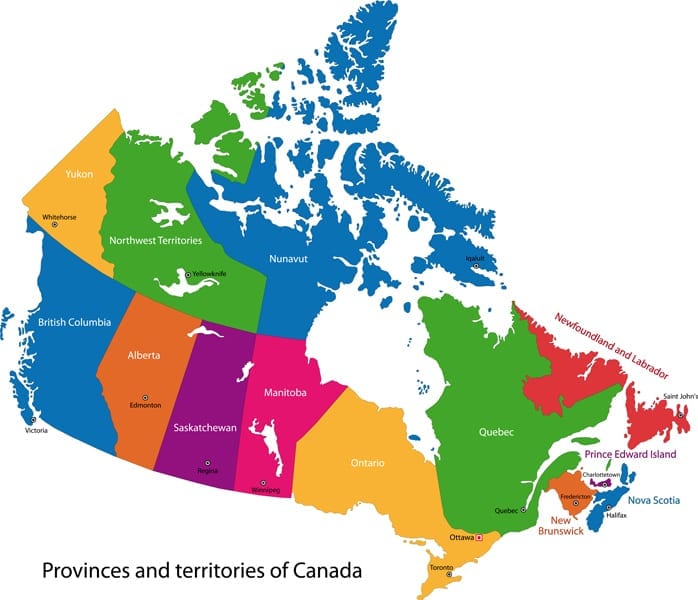 Physical map of Canada
Physical map of Canada
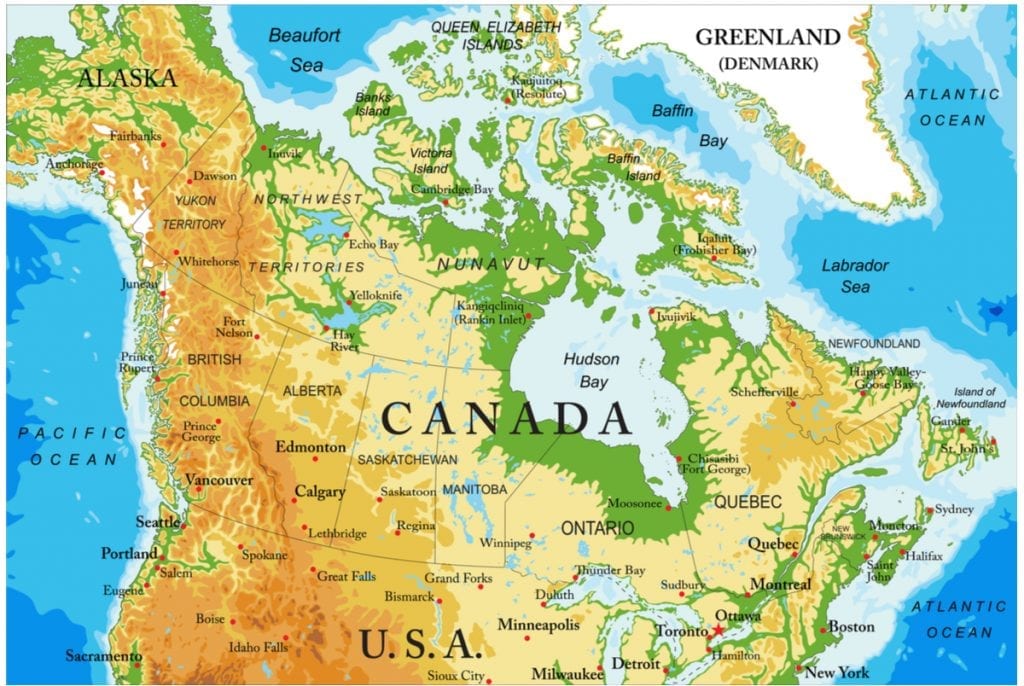 Administrative Map of Canada
Administrative Map of Canada
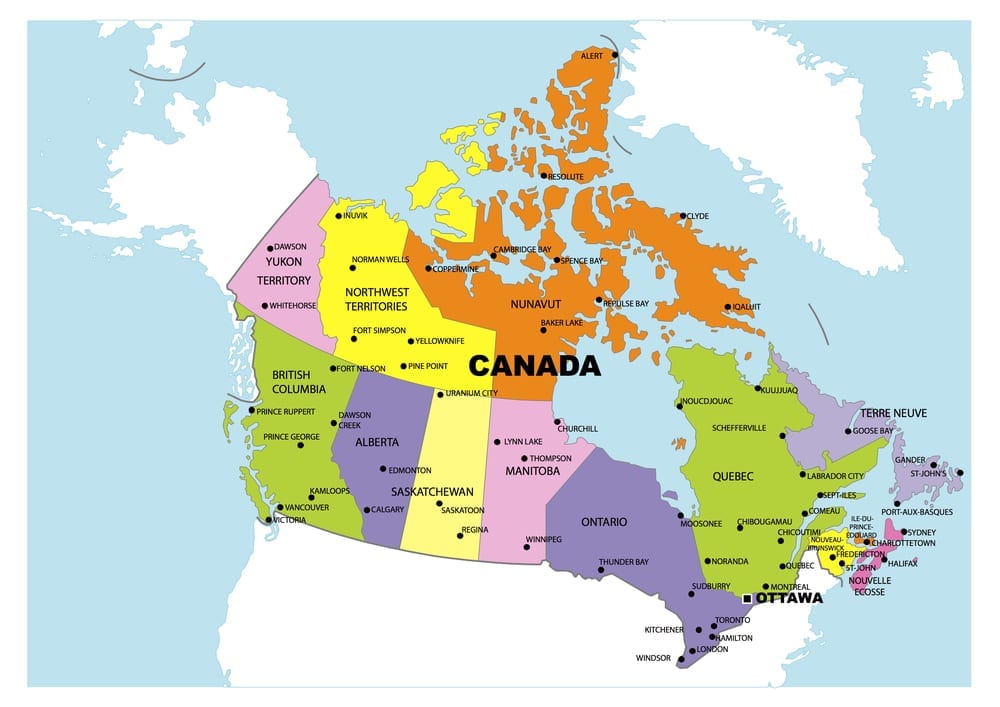 3D Map of Canada
3D Map of Canada
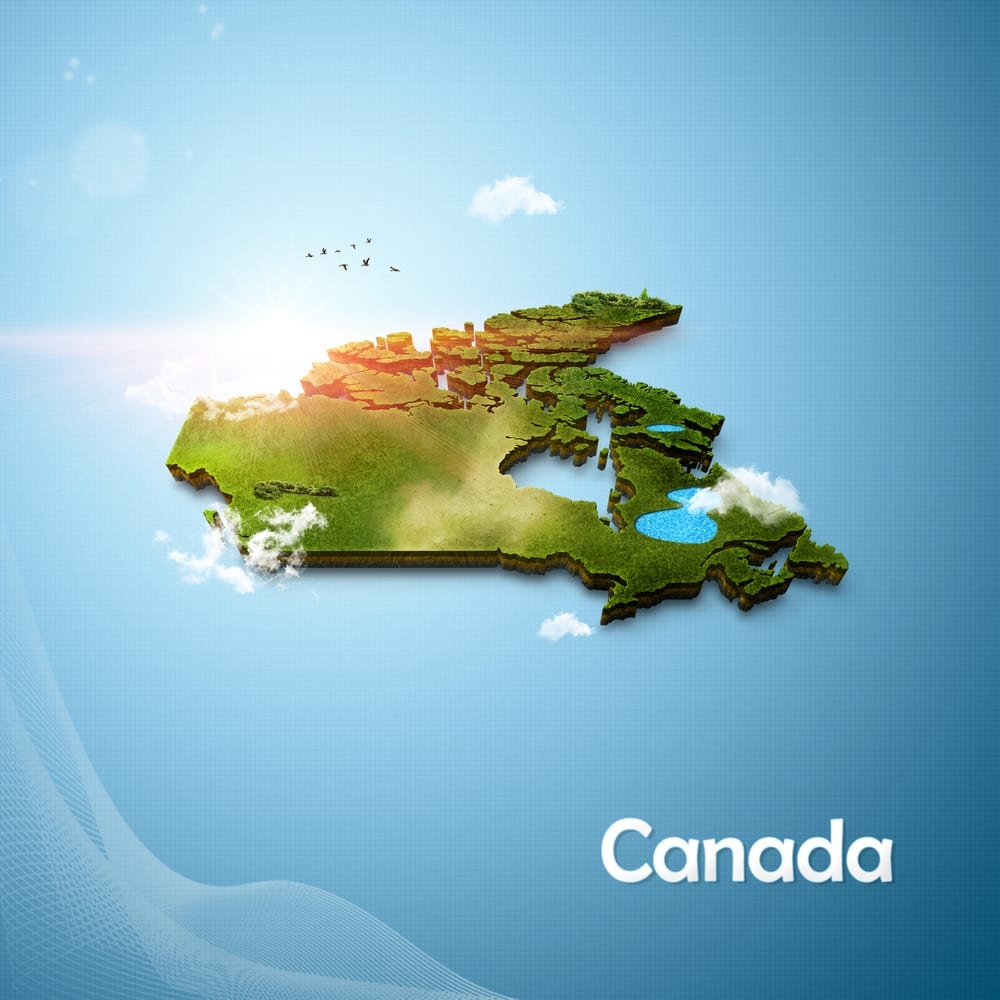 Map of Canada and Travel Icons. Canada Travel Map
Map of Canada and Travel Icons. Canada Travel Map
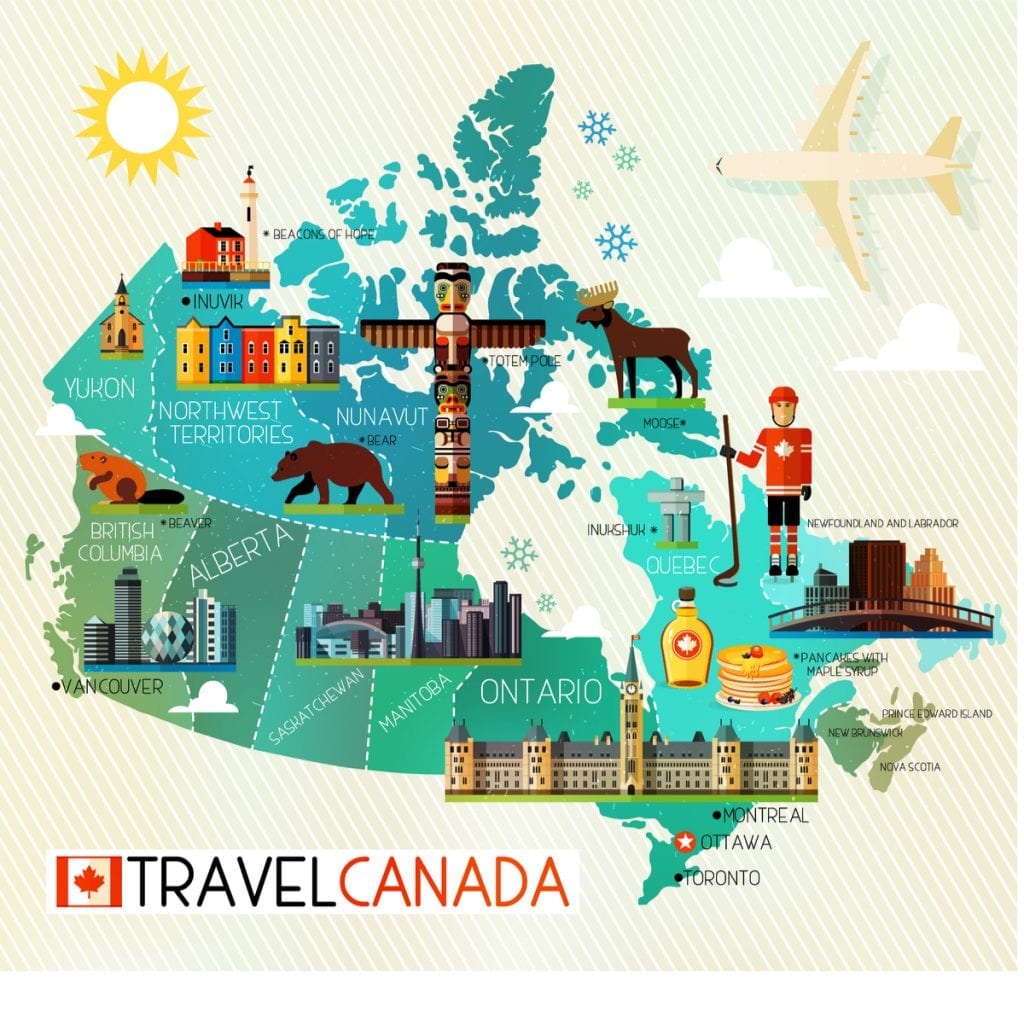 Canada Overview
Canada Overview
This article explores the beautiful landscape and climate along with the attractive places to visit in Canada. Canada is located in the northern part of the continent of North America. Canada is a vast country that has a total of ten provinces along with three territories. The territory of Canada stretches from the Atlantic Ocean to the Pacific Ocean and then northwards towards the Arctic Ocean.
The total area that it covers is approximately 9.98 million square kilometres. The total area that the country covers makes it the second-largest country in the world. Although the three territories of the country borders with three oceans but the southern territory of the country borders with the United States of America and that territory is approximately 8,891 kilometres long. This border between the United States of America and Canada is known to be the longest bi-national land border in the world. The capital of Canada is Ottawa and some of the other prominent cities in the country are Toronto, Montreal and also, Vancouver.
Politics
The political tradition that the country follows is Westminster where Canada has parliamentary democracy in the country along with constitutional monarchy which means that there is a monarch in the country and also a prime minister. Canada has the reputation to be the only country in the world that has the most ethnically diverse population. This is primarily because of the large scale immigration that the country allows. Along with this, the prolonged relationship that Canada shares with the United States of America has allowed it to have a significant impact on its economy as well as the culture of the country.
Landscape of Canada
Canada is a vast country that occupies most of the continent of North America. It stretches approximately 4600 km from north to south and 5500 km from east to west. The landscape of Canada just like its size is very vast and rugged at the same time. Although the country is second largest in the world, only 0.5 percent of the population of the world lives in Canada. Approximately 80 percent of the country’s land is inhabited and the population of Canada only lives in a few cities that are closer to the border of the United States.
The landscape of the country is diverse as there are huge, majestic mountains along with rolling plains, forested valleys as well as beautiful rivers and lakes. The geography of the country is diverse between east to west and north to south. As one moves towards the northern part of the country, the landscape gets colder, rockier, snowier as well as less suitable for the people to live while the southern part of the country is opposite.
That is why there are very few people residing in the northern part and most of them prefer staying in the southern region of Canada. On the other hand, towards the eastern and western side of the country, the landscape is increasingly diverse as physical features are ranging from lush green valleys to dry, sandy deserts.
British Columbia
One part of the Canadian landscape is the west coast which is also known as the Cordillera region. The cordillera region consists of the most mountainous province of the country which is British Columbia. British Columbia comprises the coastal range mountains.
Further towards the eastern side of Canada lies the Rocky Mountains. Both these mountain ranges consist of evergreen forests as well as a wide variety of wildlife creatures that have built a reputable image of Canadian nature. The landscape of Canada is very unique. Just like in between these two lush green valleys, there is a small desert-like region which is located in the southern interior of British Columbia and is known as Okanagan. Although it is a desert-like area the climate and conditions that the land provides are suitable for the growth of a huge number of fruits and vegetables.
Canadian Prairies
Another part of the Canadian landscape is the Canadian Prairies. As one moves towards the east of the Cordillera region, the landscape completely changes. From the Rocky Mountains to completely flat land. This region of Canadian Prairies consists of wide-open fields and flat, arable land which is easy to be cultivated and forms the basis of Canadian agriculture.
Ontario and Quebec
Towards the centre of the country, there are two major provinces of Canada known as Ontario and Quebec. There are numerous small lakes and rivers located in both of these provinces and are surrounded by small wetlands that are home to a huge variety of wildlife creatures. Also, there are a lot of people residing in these two provinces as well, especially near Great Lakes – St. Lawrence Lowlands area.
Atlantic Canada
Further towards the east is Atlantic Canada, which consists of the Atlantic provinces of Newfoundland, New Brunswick, Prince Edward Island and Nova Scotia. The landscape of Atlantic Canada is known as Maritimes. It is characterised by rocky coasts along with forested interiors. These Atlantic provinces are also known for the dense population that they have. The last part of the Canadian landscape is Northern Canada. This is usually the inhabited region because of the unfriendly structure and climate.
Climate of Canada
Winter
The climate and weather in Canada are very complex topics. This is because, on one hand, the Canadians experience cold, snowy winters when Canada becomes one of the coldest countries in the world as the temperature in many countries falls below -20 degrees Celsius. This is usually in winter which is from December to March.
Dense Regions
On the other hand, many parts of the country experience all the other seasons as well. This is usually in those areas that are the most inhabited ones. They experience mild autumn from September till December along with pleasant spring from March to June and also, warm summers from June to September. It is only a stereotype that the people of Canada have to suffer from cold weather throughout the year as this is not true because they experience all the other seasons as well.
Atlantic, Pacific Coasts, Canadian Prairie and Central Canada
The people who reside near the areas such as Atlantic and Pacific coasts experience minimal snow, along with heavy rainfall during the months of fall and winter. In the Canadian Prairie region, there is no heavy rainfall. It is very rare in those areas, but occasionally there are thunderstorms and tornadoes as a result of the dry air. These thunderstorms and tornadoes are known as Alberta clippers. Although central Canada which has a lot of population residing in the provinces, has severe cold months but along with that, there are also wet springs and hot, humid summers.
In summary
Just like the landscape of the country is very vast and diverse, the climate also varies from region to region. In one region, the winters may be severe and harsh but in the other region, this may not be the case. In the interior and prairie provinces, the average temperature in the winter season is approximately -15 degrees Celsius and can even fall below -40 degrees Celsius. The coastal British Columbia is known to have a temperature climate where the winter season is also mild and rainy. The average temperature in these areas is usually around 20 degrees Celsius and it is very rare for the temperature to rise above 40 degrees Celsius in these areas.
Canada Flag Facts
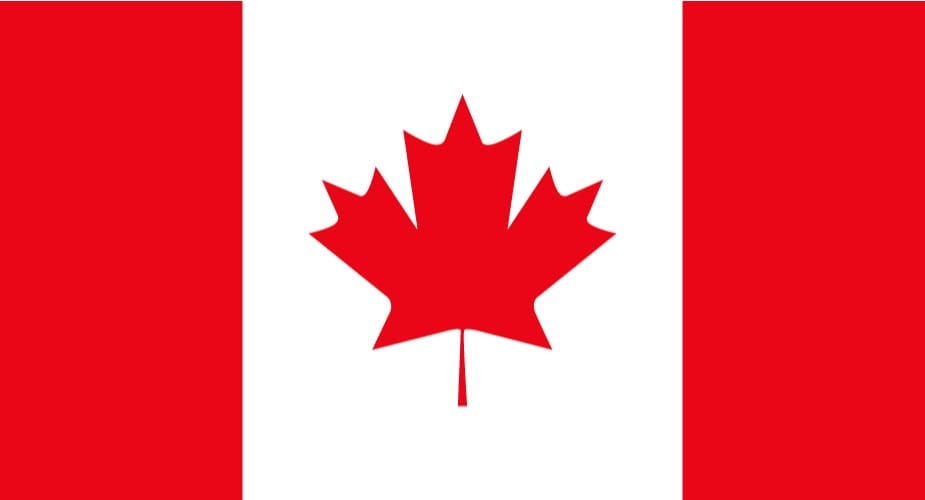 Importance of flags in general
Importance of flags in general
Flags are of utmost importance to a particular country. This is because of the significance that it holds for that specific country. Not only is it a source of identification and recognition for the people of that country but also, it represents the country in front of the entire world. The country is recognised on the global level because of a single flag that they create. It is shown everywhere along with the name of that country.
Significance of Flags in general
The flag of every particular country represents the interests, values, and traditions of that country. The symbols that are used and the colours that the flag comprises are of a lot of significance for that country. Once a national flag is created, a sense of nationalism and patriotism emerges in the people of that country. They respect the flag like they respect the name of their country. The flag of a country unites the beliefs of the people as all of them feel the same for it.
Another important feature of the flag of a country is that it represents the independence of the country. If any country is under the influence of the other country or is a part of another country, it does not consist of its flag but once the country gains independence and it exists solely as a country, it has a flag that represents it as an independent country.
Canada Flag Appearance
The flag of Canada that it has now was designed in 965 by George Stanley. This is the national flag of Canada which is referred to as the Canadian flag or the maple leaf flag. Both sides of the flag are the same therefore, even if it reverses, the flag appears to be identical. Other than this, the width of the flag is twice as the height of the flag.
Colours and Symbolism
The colours of the flag are red and white. There are three vertical stripes on the flag where two of them are coloured red and one of them is coloured white. The two red stripes are of equal width while the white stripe has a width slightly greater than the other two. There is a maple leaf drawn in the middle of the flag, inside the boundaries of the white stripe. The maple leaf is also painted red. The red colour that is used on the flag symbolises prosperity as well as hope. While the white colour in the middle of the flag symbolises the impartiality of the nation along with peace.
Maple Leaf
The maple leaf represents the cultural heritage of the country. It is of utmost significance for the country as the maple leaf has been used as the Canadian emblem since the 18th century. In 1868, it was used as the national symbol of the country and it was even used as the coat of arms for both Ontario and Quebec and later it was added to the national flag of the country. It was also used as a regimental symbol by the armed forces of the country.
Not only that but also the maple leaf design was used to design the badges that were assigned to the armed forces of the country. Other than this, it would also appear on the tombstones of the graves of the military officers who have served in the army for the country. The maple leaf has 11 points and there are a lot of myths that these 11 points signify something. However, this is not true. There is no context behind the 11 points of the maple leaf, it is just the design of the leaf.
First Canada Flag
Although, this is now the national flag of the country but this is not the first flag that was designed for Canada. The first flag that the country had was known as St. George’s cross. This was a red flag with the flag of the United Kingdom on the top left of the flag and a coat of arms on the bottom right. Around the 1960s, the debate regarding the new flag started to heat up until 1965 when the maple leaf was designed and soon became the national flag of Canada. 15th February is celebrated every year as the national flag day of Canada.
Similarities with other countries
The flag of Canada is very unique as no country in the world has a similar flag to Canada except Peru. Peru has a flag like Canada but only in terms of the colours and the vertical stripes as it also has three vertical stripes that are coloured white and red. Red stripes are on the side and white stripes are in the middle. However, unlike Canada, the width of all the stripes is the same and there is no maple leaf. Therefore, the maple leaf that has been used by Canada is a unique feature.
As long as the colors are concerned, Austria also has similarities with the flag. Just like Peru has vertical red and white stripes, Austria has similar stripes but they are horizontal. The two red stripes are on the top and bottom while the white stripe is in the middle. Also, like Peru, the width of all these stripes is the same.
Places to visit in Canada
Canada is like a dream place to visit for people around the world. Not only to visit, but it is also considered great for academic purposes and to settle. This is because there is a little bit of everything in Canada. Starting from the cosmopolitan streets of Toronto to the Rocky Mountains, there are a variety of travel destinations that Canada is full of. It becomes extremely difficult where to start from and shortlist which places out of a pool of available options.
Jasper National Park
Out of all the places to visit in Canada, the Jasper National Park is usually marked as the number one place. This is because of the range of opportunities that it offers. It is full of natural wonders as every stop at the park provides a beautiful, picturesque view to the tourists. It is located on the eastern edge of Alberta and is considered a beacon of adventures. Once you enter the park, you would not wish to leave it.
It is one of the largest parks in the Canadian Rockies which covers approximately 2.7 million acres of land where the tourists can explore the beautiful spots along with wildlife species. There are all-natural wonders like parks, rivers, and even glaciers. No matter what the season is, tourists can never get bored of this as there are activities planned in the park in every season. Even in winter, when usually the other parks are closed due to excessive snow, Jasper National Park offers skiing which helps the people in utilising their time. There is always a reason to visit the park and it is not to be missed whenever you visit the country.
Banff
Another beautiful place in Canada is Banff which is located in the foothills of Canadian Rockies. It is the first-ever national park of Canada that provides the visitors an experience of the Swiss skiing village. There are a lot of benefits to coming to the park. First of all, there is a range of activities that the families can carry out here. They can enjoy the picturesque views that the park has to offer. Also, the flight time to the United States reduces from Banff. There are several sports that are offered by Banff, either the tourists can spend their day skiing or they can hike to the massive mountains. No matter what they do, it is always a fun place to go to.
BOOK ACCOMMODATION IN ANY PART OF CANADA AT GREAT PRICES
See Also
MAP AND FLAG OF COUNTRIES IN NORTH AMERICA
Map of Canada, Flag and Attractive Places to Visit in Canada

